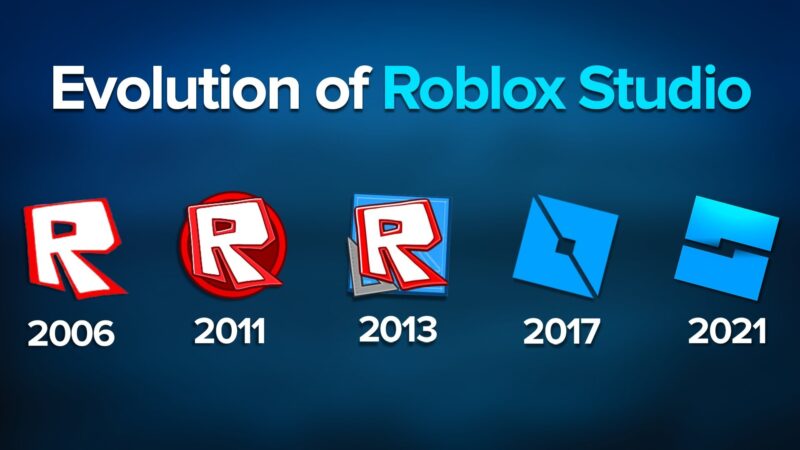Few platforms have redefined interactive entertainment like Roblox. What started as a small experiment has become a global giant, shaping the future of gaming and digital interaction. The transformation involved community-driven content, technological advances, and a deep connection with players. Over the years, it has transcended its origins, becoming not just a game but an entire ecosystem that blends creativity, education, and business.
The Birth of Dynablocks and the Shift to a New Identity
David Baszucki and Erik Cassel had an idea—an interactive physics simulator where users could create and share virtual experiences. In the early 2000s, the project operated under the name Dynablocks, offering a unique blend of creativity and social interaction. The concept centered on freedom: players built, explored, and interacted in a space that was both social and creative. However, the platform lacked the mass appeal needed for broader success.
One of the biggest hurdles was its branding. Dynablocks, though functional, was not an easy name to remember or market. In 2005, a strategic rebranding effort led to a more accessible and marketable identity. The transition not only made the name easier to recall but also paved the way for broader recognition. This simple yet critical change helped set the foundation for exponential growth.
Customization Takes Over – The Rise of the Avatar Economy
Avatars have always been a cornerstone of user experience. Unlike traditional gaming platforms, where customization is often limited, here it became a primary focus. Players sought unique ways to express themselves, leading to the rise of personalized clothing, skins, and accessories.
The ability to modify an avatar’s appearance became a game-changer. Instead of being bound to predefined characters, users had near-limitless options. Free Roblox shirt templates provided an easy way to create custom outfits, fueling an ecosystem where creativity thrived.
As the demand for customization grew, developers capitalized on the opportunity. The avatar marketplace evolved into a full-fledged economy where digital outfits became status symbols. Some rare items gained real-world value, fetching significant sums in online transactions. This shift from simple customization to a thriving marketplace changed how players engaged with their virtual identities.
User-Generated Content and the Community Boom
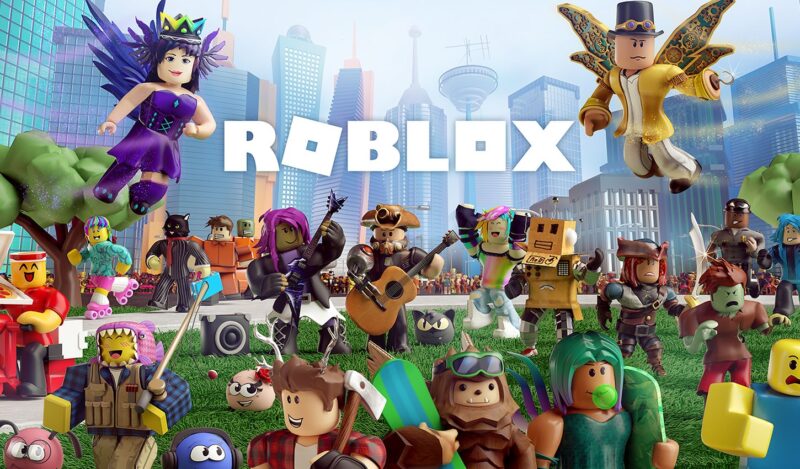
A major shift occurred when developers opened the platform to community creators. Instead of relying on a single development team, the company empowered users to build their own experiences. This decision led to an explosion of unique games, virtual businesses, and interactive worlds, all driven by the creativity of the community.
The introduction of easy-to-use development tools enabled players to create immersive worlds without requiring extensive programming knowledge. Some of the most popular experiences today originated from independent creators who took advantage of these tools. The ability to design, share, and monetize experiences transformed casual players into full-time developers, contributing to an ever-expanding digital universe.
Several factors contributed to this community-driven success:
- The availability of free, powerful game-creation tools.
- A monetization system that rewarded creators for their work.
- The social aspect, which encouraged collaboration and innovation.
This approach fostered a unique ecosystem where players were not just consumers but active contributors to the evolution of the platform.
The Social Hub of Virtual Worlds
Unlike other gaming platforms that focus solely on competition, social interaction remains at the core of this experience. Players do not just participate in challenges; they build friendships, host events, and engage in virtual communities. The platform serves as a digital meeting place, where users can hang out, attend virtual concerts, and even create their own social hubs.
Massive in-game events featuring top artists, brands, and influencers have transformed simple interactions into global spectacles. These events have drawn millions of attendees, proving that virtual entertainment can rival real-world experiences. As digital landscapes continue to evolve, the boundaries between gaming and social interaction blur, creating an entirely new way for people to connect.
The Power of Monetization – How Developers Became Entrepreneurs
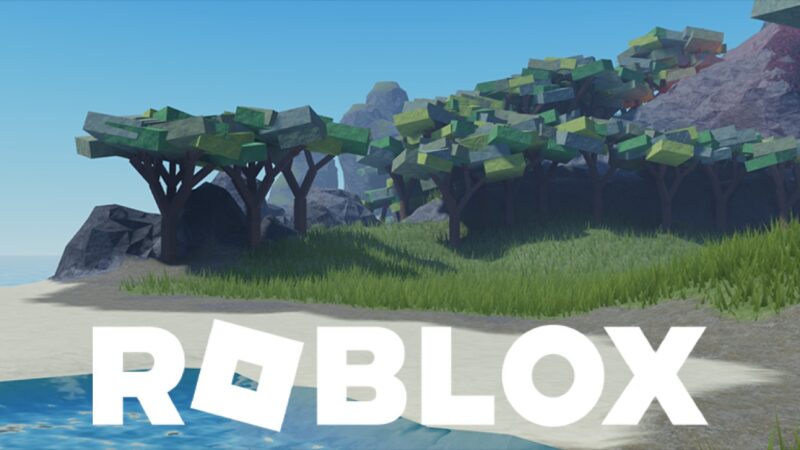
Developers are no longer hobbyists. Many have turned their creativity into full-fledged careers, earning substantial incomes through in-game transactions. The rise of a virtual economy has paved the way for digital entrepreneurs who design, market, and sell content within the platform.
Several monetization strategies have emerged:
- Virtual item sales, including accessories and skins.
- Exclusive game passes that provide access to premium content.
- Subscription-based perks that enhance user experiences.
By offering players the ability to buy and sell digital goods, the company created an environment where creativity is financially rewarding. This shift has had a significant impact on the gaming industry, demonstrating that user-generated economies can be both sustainable and profitable.
The Importance of Skins in the Virtual Marketplace
Customization drives engagement. Players want their avatars to stand out, making Roblox skins one of the most valuable assets in the platform’s marketplace. Digital fashion has become a major trend, and exclusive items often carry a sense of prestige.
As skins continue to grow in popularity, they represent more than just cosmetic upgrades. They reflect personality, achievements, and even social status within the game world. Limited-edition skins have been known to appreciate in value, further reinforcing their importance in the virtual economy.
Educational Benefits and STEM Integration
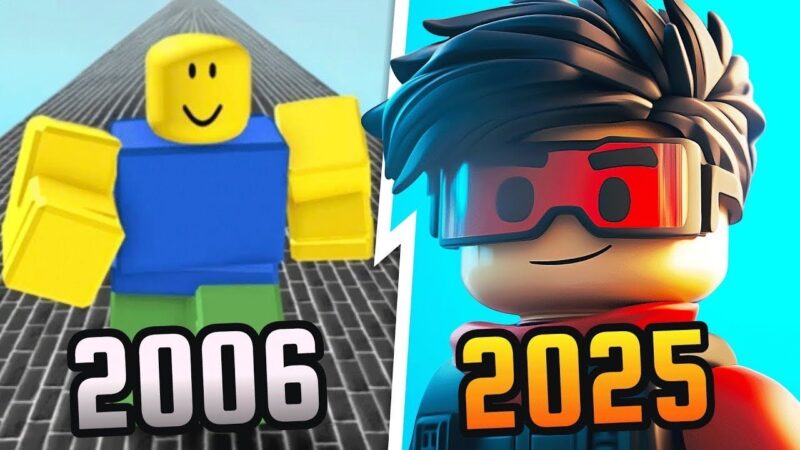
Beyond entertainment, the platform has found a role in education. Schools and learning institutions have incorporated it into their curriculums to teach coding, digital design, and entrepreneurship. The interactive nature of the platform makes it an effective tool for learning.
Some of the key educational applications include:
- Coding tutorials that introduce students to programming concepts.
- Digital design courses that encourage creativity and problem-solving.
- Business simulations that teach financial literacy and economic principles.
By merging education with entertainment, the platform has become a valuable resource for young learners who want to develop real-world skills in a fun and engaging way.
Challenges and Criticism – What Needs to Improve?
Despite its massive success, concerns remain. Parents and regulatory bodies have raised questions about safety, moderation, and the impact of in-game purchases on younger audiences. Ensuring a safe and transparent environment is an ongoing challenge.
Key areas for improvement:
- Enhanced moderation to filter harmful content.
- Stricter controls on microtransactions aimed at younger players.
- Improved security features to protect user accounts.
While the company continues to implement updates and security measures, ongoing efforts are necessary to maintain a safe and inclusive digital space.
What the Future Holds – Expansion and Beyond
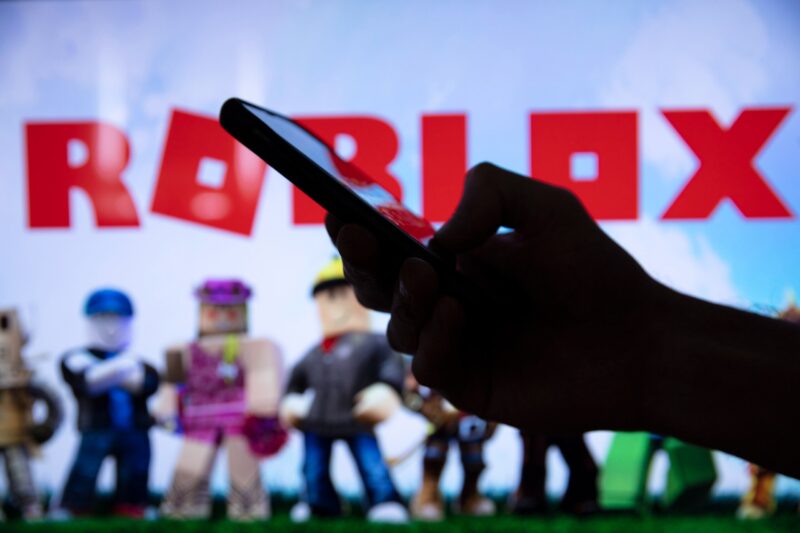
With technological advancements shaping the next era of digital interaction, the platform is poised for continued growth. Innovations such as artificial intelligence, virtual reality, and cross-platform accessibility will redefine the way users engage with virtual worlds.
Upcoming developments to watch:
- Advanced AI-driven experiences that enhance gameplay.
- Expanded VR support for deeper immersion.
- New tools for developers to push creative boundaries.
- Increased global accessibility to reach wider audiences.
The future holds endless possibilities, ensuring that the platform will remain at the forefront of interactive digital entertainment.
Conclusion
From its humble origins as Dynablocks to its current status as a global entertainment powerhouse, the platform has undergone a remarkable transformation. Its focus on user-generated content, deep social interaction, and innovative monetization has solidified its place in the industry. As technology continues to evolve, so too will the endless opportunities within this ever-expanding digital universe, including its presence on gaming consoles.

